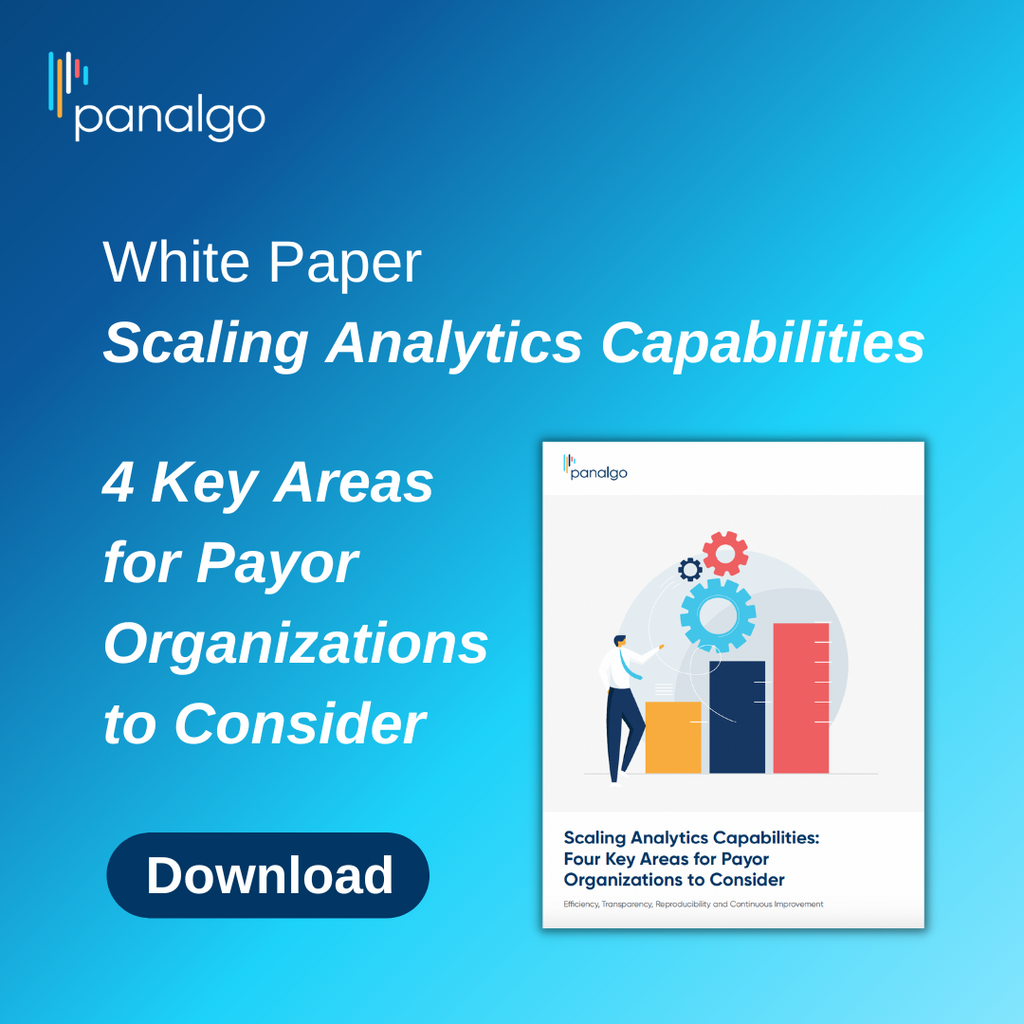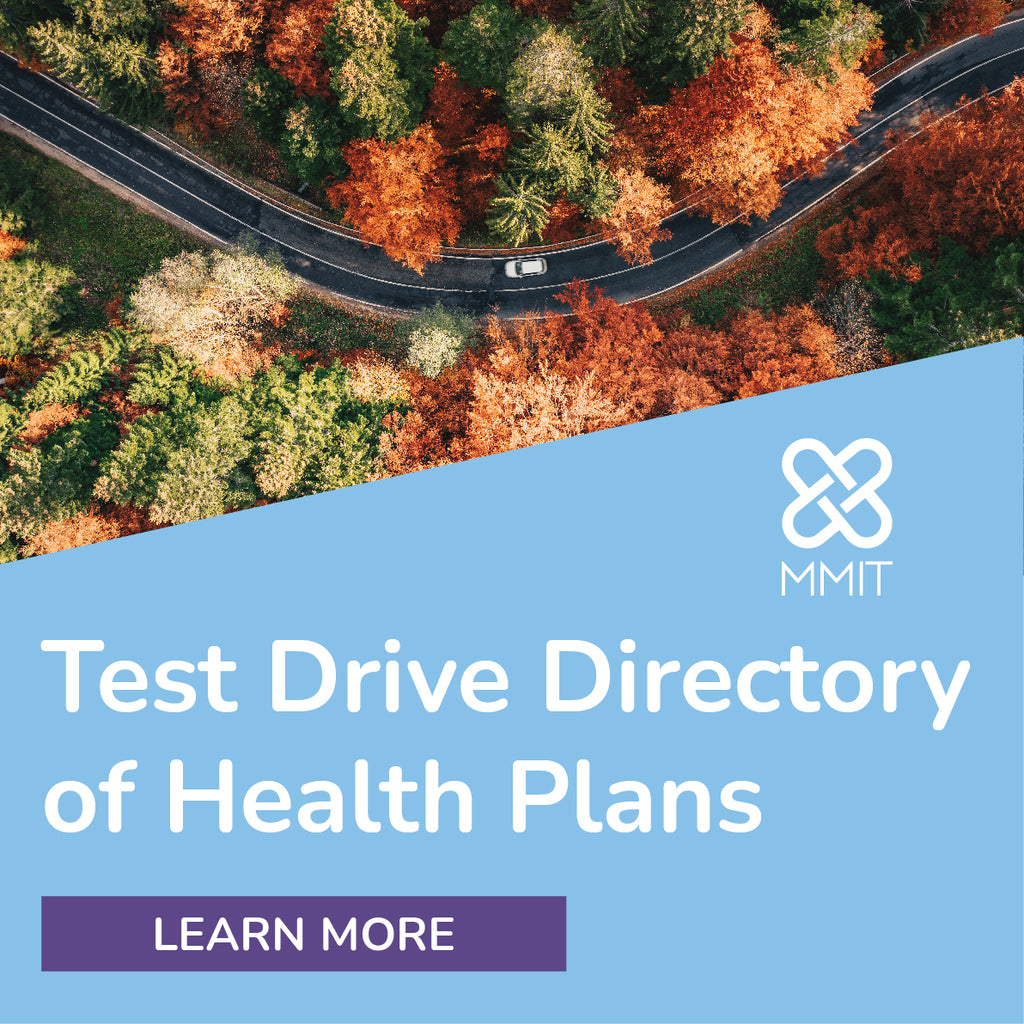Radar on Drug Benefits
-
Stand-Alone PDP Market Lives to Fight Another Day, Enrollment Data Shows
In defiance of some industry watchers’ expectations, there was no mass exodus from stand-alone Prescription Drug Plans (PDPs) to Medicare Advantage Prescription Drug (MA-PD) plans between 2024 and 2025, one prominent Part D actuary has observed.
“Total enrollment was effectively flat from December [20]24 to February 2025; that’s a little bit at odds with what some might have expected,” explains Brooks Conway, principal with Oliver Wyman.
As for why enrollment trends this year defied expectations, Avalere Health Principal Robin Duddy-Tenbrunsel points out that “there’s been quite a bit going on” in the Part D world.

-
Extending IRA Inflation Rebates to Commercial Plans Could Save Billions
Extending inflation-based prescription drug rebates to all commercial health plans, rather than just applying them to the Medicare program, could potentially save as much as $8.1 billion annually, a recent Health Affairs study finds.
The Inflation Reduction Act (IRA) requires pharmaceutical manufacturers to pay rebates to Medicare if they raise prices faster than the rate of inflation for certain drugs. To gauge the effects of extending the program beyond Medicare, researchers analyzed 130 million claims — comprising 16,107 drugs — for 11 million enrollees in commercial plans in 2021. They found that if the IRA rebate program was applied to the entire commercially insured population, savings would be largely driven by a small number of drugs with high total spending.

-
Fewer Puffs, Fewer Problems? ICER Assesses COPD Drugs Slated for Price Negotiations
A recent Institute for Clinical and Economic Review (ICER) report found that Trelegy Ellipta (fluticasone/umeclidinium/vilanterol) and Breo Ellipta (fluticasone/vilanterol), two chronic obstructive pulmonary disease (COPD) treatments, may have “incremental net health benefits” compared with generic alternatives. Both inhalers are manufactured by GSK and are among the 15 drugs chosen for the second round of Medicare drug price negotiations, which will set new maximum fair prices effective in 2027.
Sarah Emond, ICER’s president and CEO, tells AIS Health that the nonprofit organization could not determine the treatments’ cost-effectiveness because CMS does not disclose the prices it pays for the treatments. However, Emond notes that ICER submitted the findings during the public comment period for the Medicare Drug Price Negotiation Program, which was authorized by the Inflation Reduction Act. And she says that “contributing our expertise to the body of evidence that CMS would consider is almost like a public service.”

-
Panelists Detail How Employers Can Demand More From PBM Contracts
There is a widening gap between employers’ pharmacy benefit goals and what they are getting from PBMs, according to the panelists of a March 11 webinar presented by the National Alliance of Healthcare Purchaser Coalitions.
Vertical integration of PBMs with insurers, mail-order pharmacies, retail pharmacies and more was intended to allow PBMs to have greater negotiating leverage to deliver better prices, said Kimberly Westrich, chief strategy officer of the National Pharmaceutical Council. “But when you look at the data…that’s not actually what’s happening,” she said. Spread pricing, inflated savings, self-preferencing and other practices “are not in alignment with employers optimizing the value of their health care dollar,” she added.

-
News Briefs: Senators Press Kennedy Over Mar-a-Lago Dinners With Pharma Execs
Sens. Elizabeth Warren (D-Mass.), Ron Wyden (D-Ore.) and Bernie Sanders (I-Vt.) wrote a letter on March 10 to HHS Secretary Robert F. Kennedy Jr., regarding a report that Kennedy met with pharmaceutical and health care executives at President Donald Trump’s Mar-a-Lago club in Florida. They cited a Feb. 17 Wall Street Journal article that mentioned Kennedy was present at “several” of the dinners Trump hosted with executives who paid “millions of dollars” to attend. The senators noted that Kennedy vowed last year to “clean up corruption” and “stop the revolving door between industry and government.” They asked Kennedy to detail how many private meetings he attended with pharmaceutical industry executives, what was discussed at the meetings, how much money executives paid to attend the meetings and whether Kennedy or his campaign received payments from pharmaceutical companies, trade groups or employees since November 2024. Wyden is the Senate Finance Committee ranking member, while Sanders is the Senate Health, Education, Labor, and Pensions Committee ranking member.












